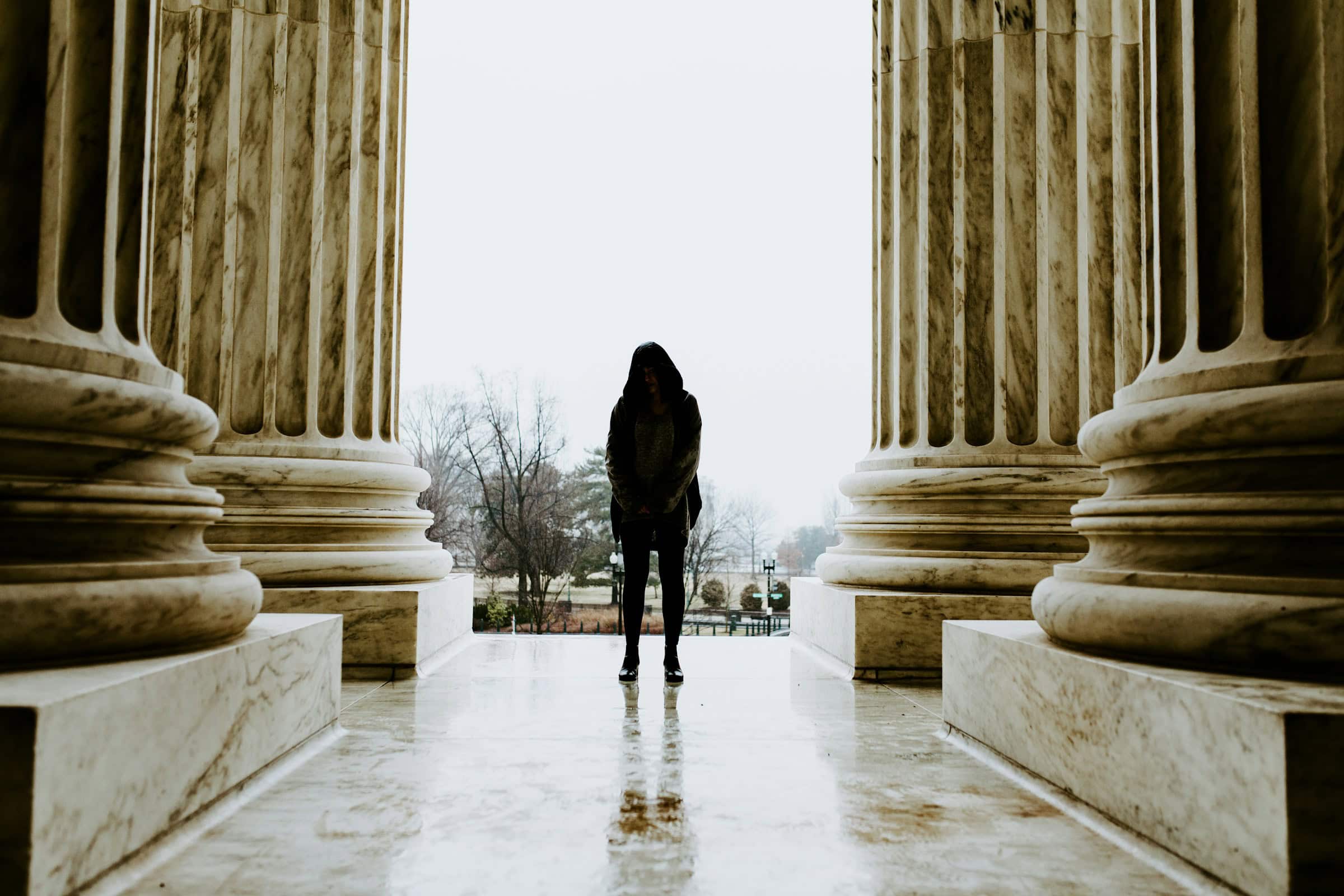By Bryan A. Banks
Columbus State University
For more information on this assignment, read “The Unessay: A Creative and Audience-Focused Assignment,” Perspectives on History, September 2023.
This sample unessay assignment uses Transparency in Learning and Teaching project guidelines. It adopts a three-part structure that stresses first the work’s purpose, which helps students understand the importance of the assignment for their disciplinary development. Placing “criteria” at the end of the document, after “task,” is intended to encourage students to think through the assignment rather than simply defaulting to the basic parameters.
This assignment is drawn from my World History since 1500 online class, which also introduces students to public history.
Purpose
Historians (and scholars in other disciplines) regularly have to translate their knowledge for public audiences. Documentaries, historical fiction, TV news programming, magazines, museum exhibitions, board games, video games, and podcasts are just a few examples of the ways that audiences enjoy engaging with historical content.
For this assignment, you will select between making a podcast, creating a YouTube video, or putting together a pitch for a pop-up exhibition. You should select one of these unessay approaches deliberately, making the most of the format you choose.
Task
For your unessay, you will need to complete a series of scaffolded steps, which include:
- Develop and submit a proposal, including a description of the format you would like your unesssay to take and how you see your research translating through that medium for your intended audience.
- Design and create your unessay, like you would a rough draft of an essay. Submit it for preliminary feedback.
- Submit your final project and make sure that your revised project reflects the feedback you received. (This should include supplementary materials like a bibliography.)
- In order to reflect on the experience of completing an unessay, you will also need to produce an intentional reflection of your experience. In it, you should identify what challenged you most about the assignment and how you overcame those challenges.
Criteria
Your project must make a historical argument. Just as a traditional essay would, the unessay must use evidence to inform its design. Your design must also make the most of the medium you choose.
Examples:
- For a podcast, you should make an argument and lay out evidence that supports your position. The evidence should be presented in a fashion that speaks to the medium. Incorporate diverse audio clips. Describe necessary documents in great detail for the audience.
- For a YouTube video, you should make an argument just like a podcast. For this medium, you need to think more intentionally about the visual elements. Do not just record yourself presenting a paper as if you are giving a presentation in class. Incorporate visuals and video. Edit the video to make it more engaging for the viewer.
- For a pop-up exhibition, you will need to think spatially in order to make your argument. Where will the exhibition go? What will it look like? How will visitors interact with it? How will it weather the elements? What design elements will you incorporate in order to lay out he evidence in a way to leave the visitors with a sense of your argument? Because you will not actually be creating the pop-up exhibition, you have the ability to use your imagination and consider the design from many different vantages.
Rubric
- Offers thesis statement: 33%
- Makes use of text throughout the project: 33%
- Mechanics: 33%
I suggest using Cate Denial’s rubric, found here.
Related Resources

October 29, 2025
History of Artificial Intelligence, Privacy, & Security

September 12, 2025
Unpacking the History of Higher Education

July 24, 2025